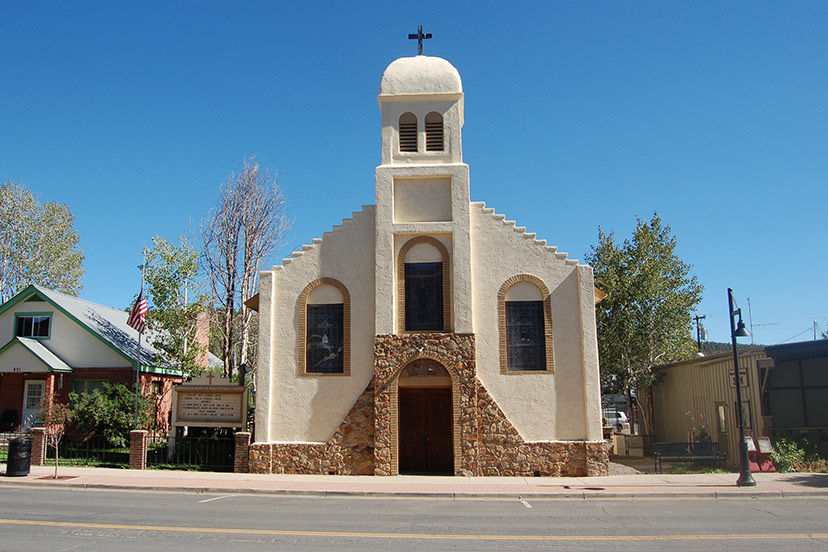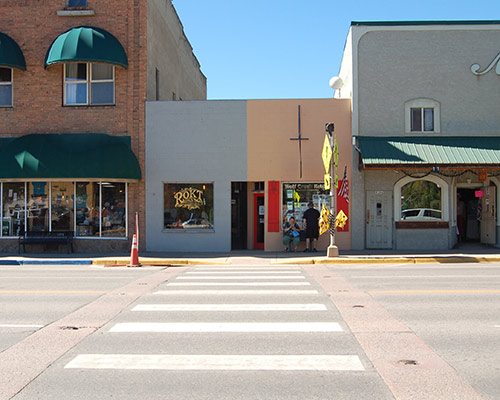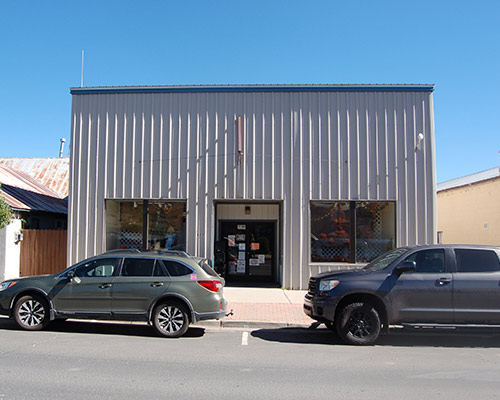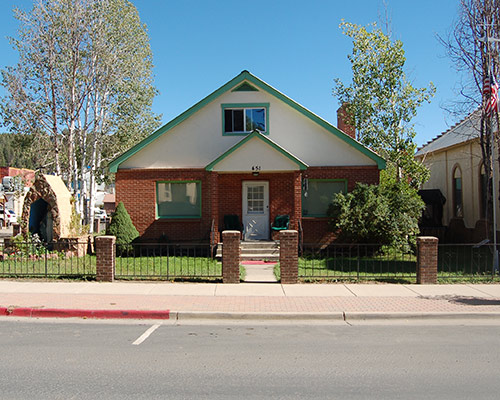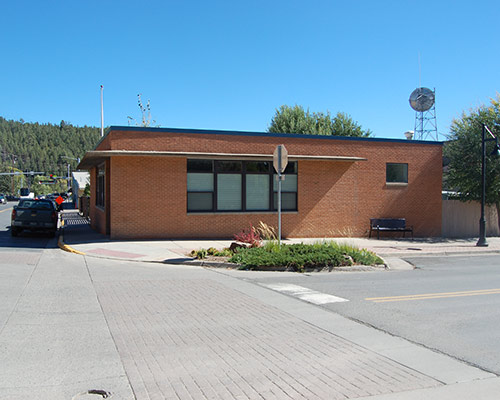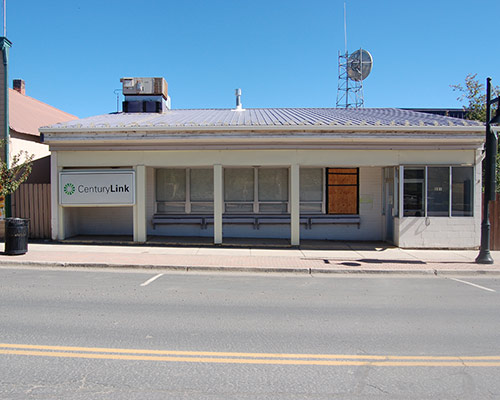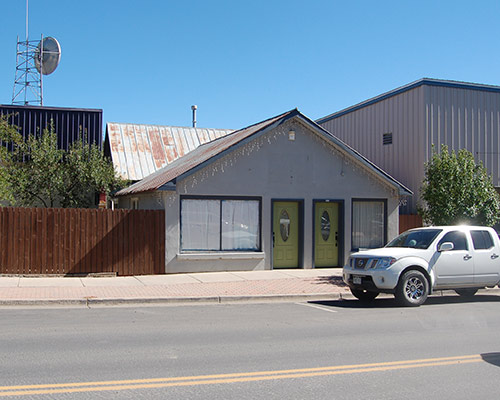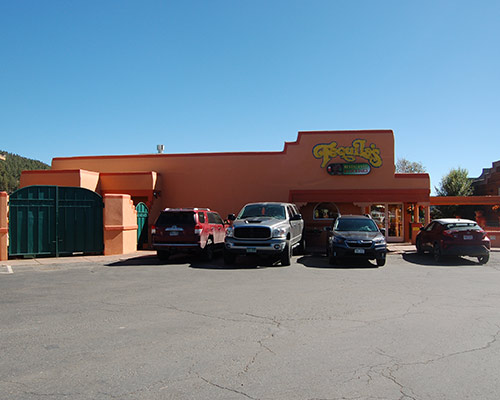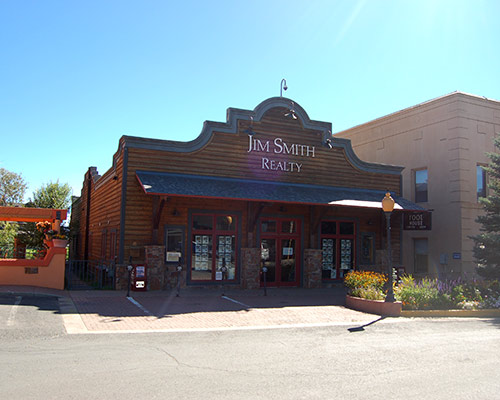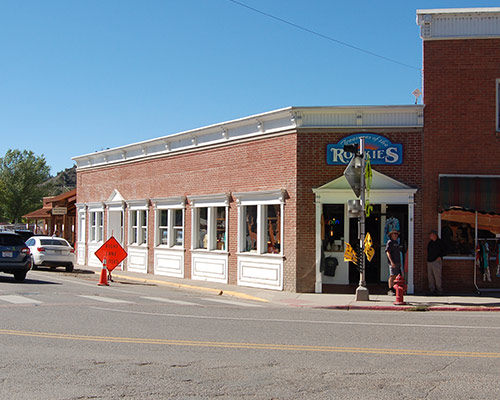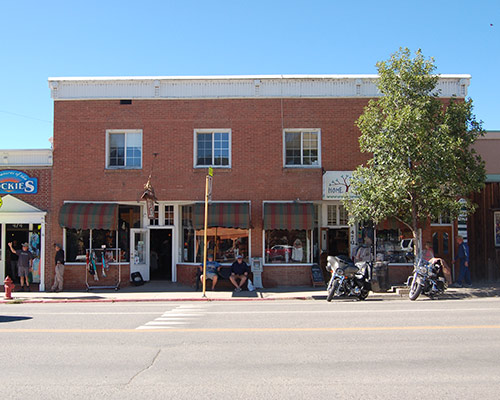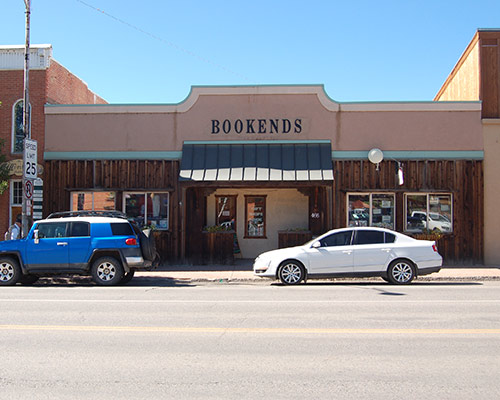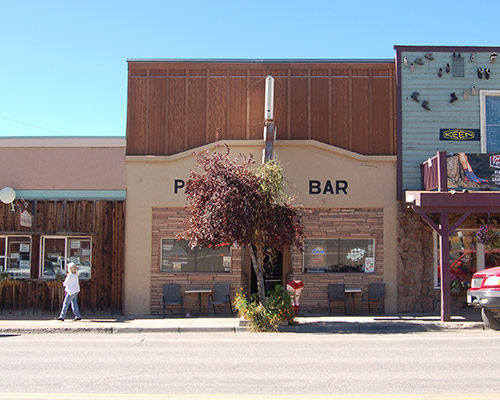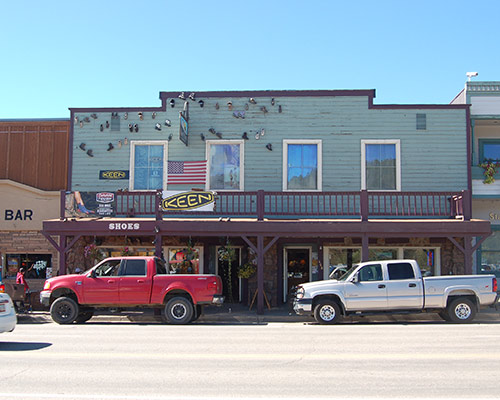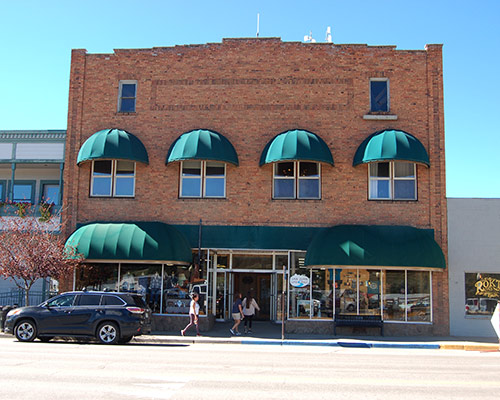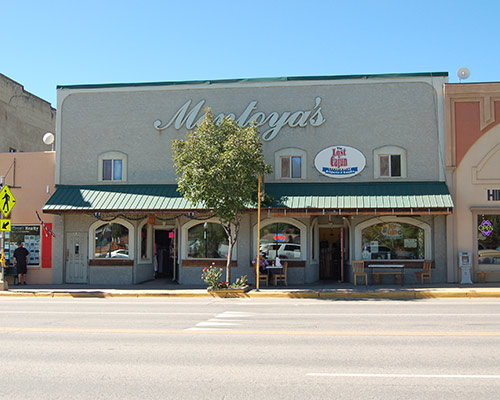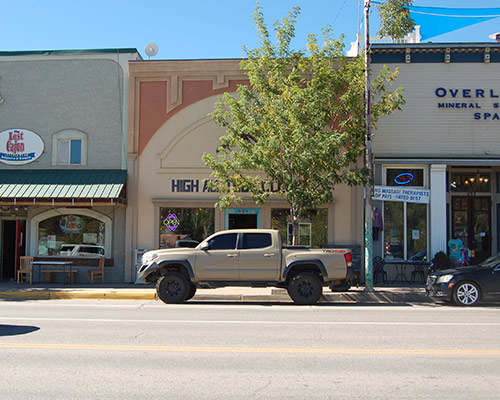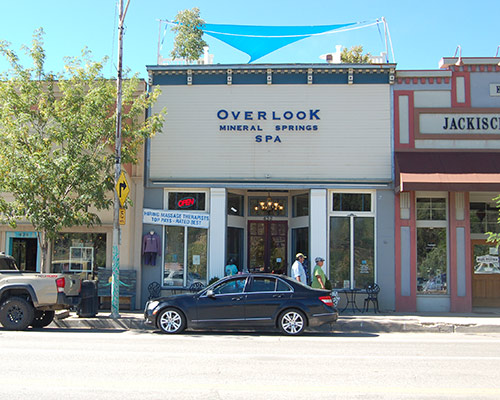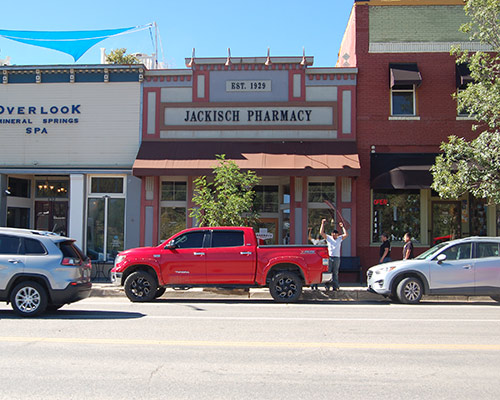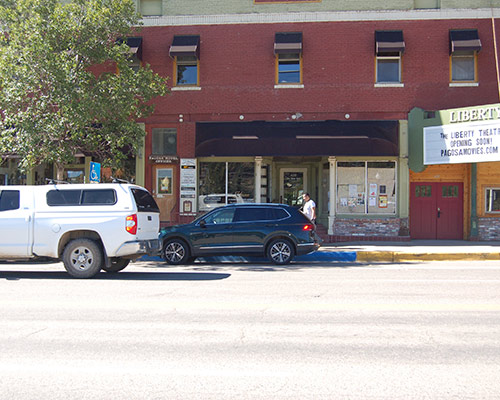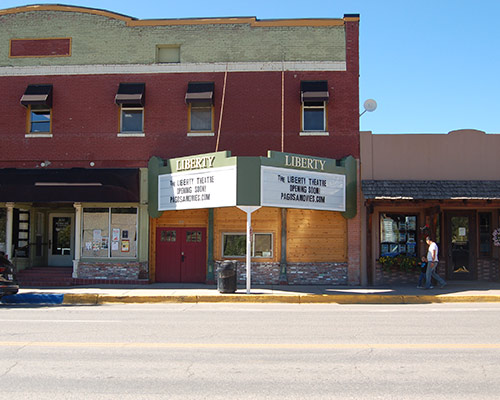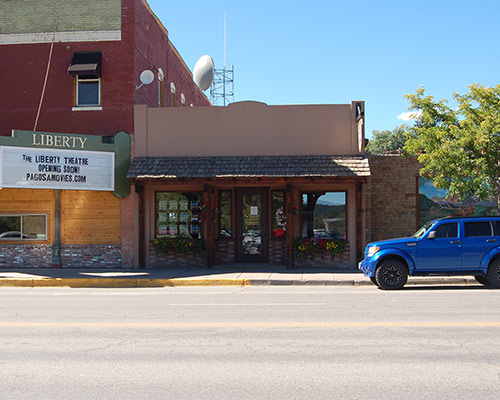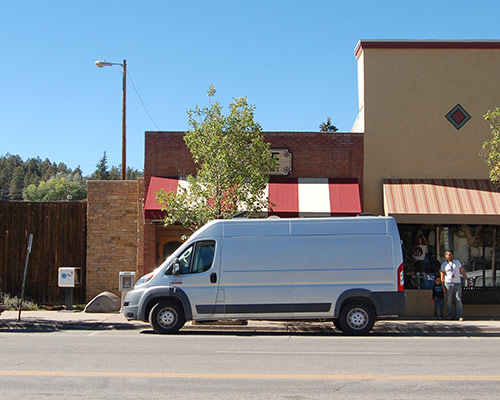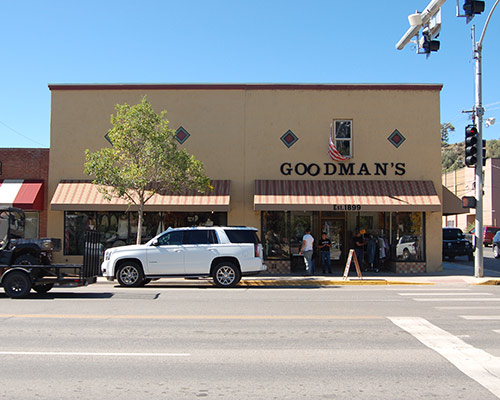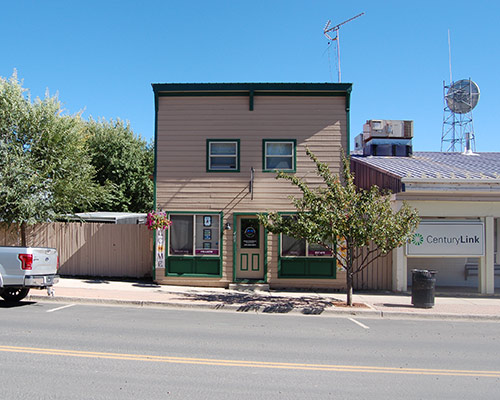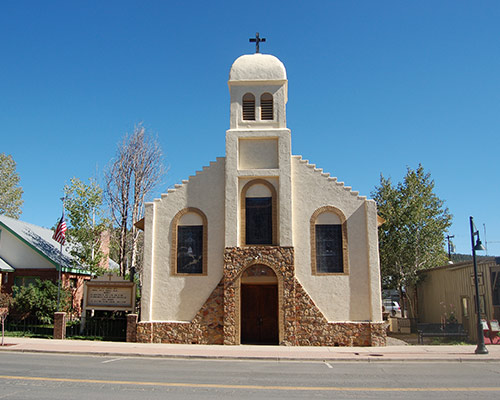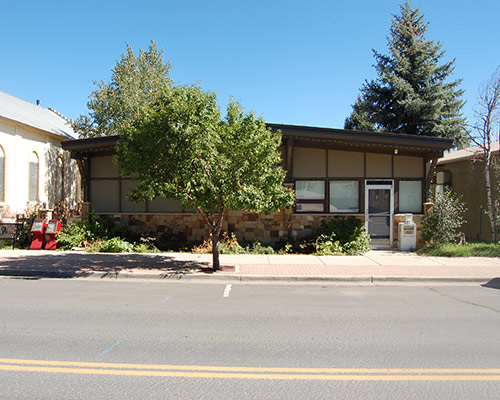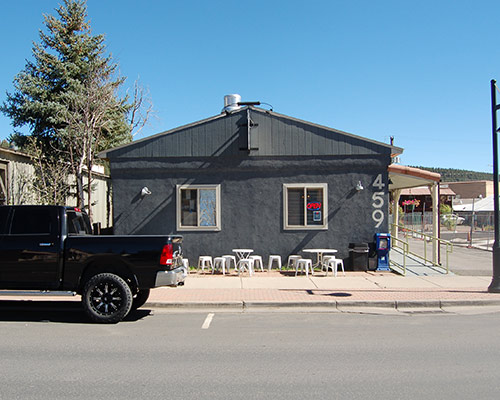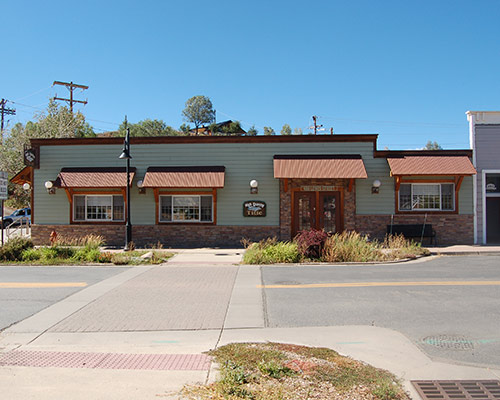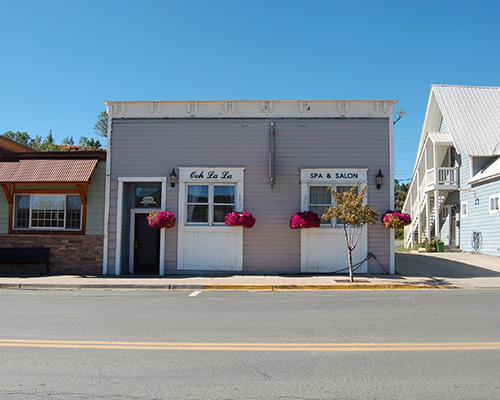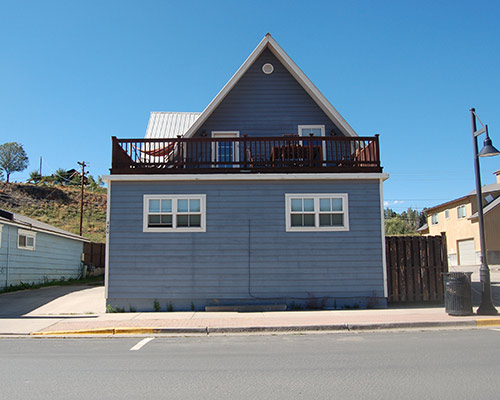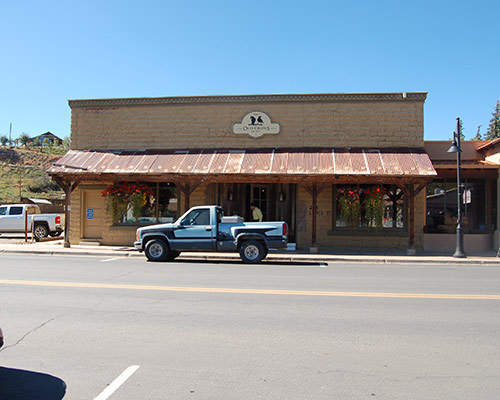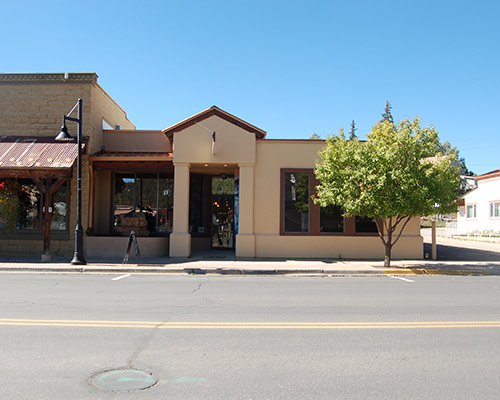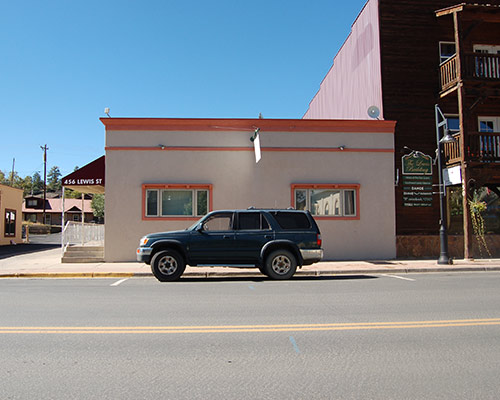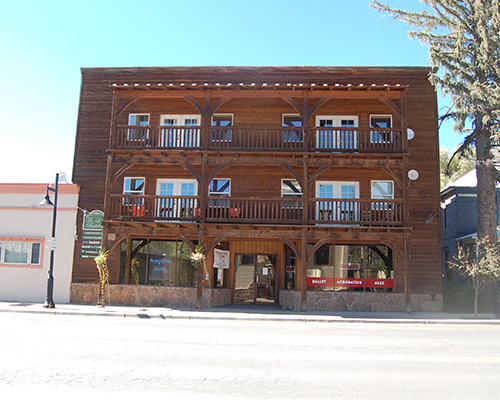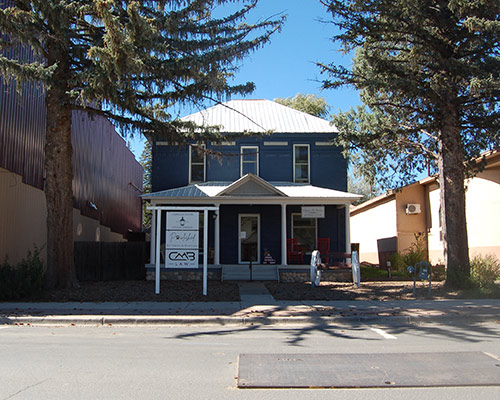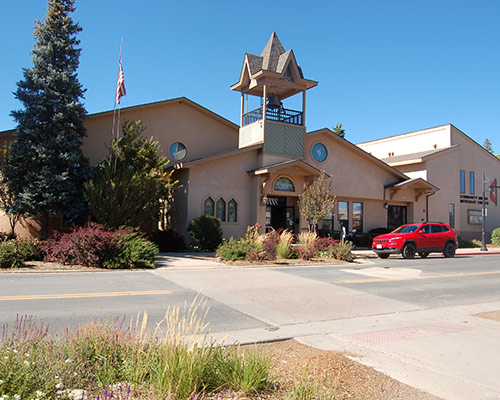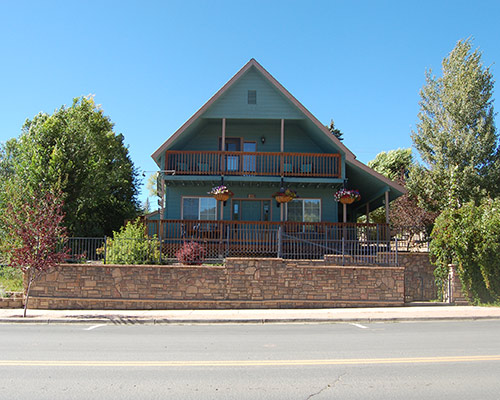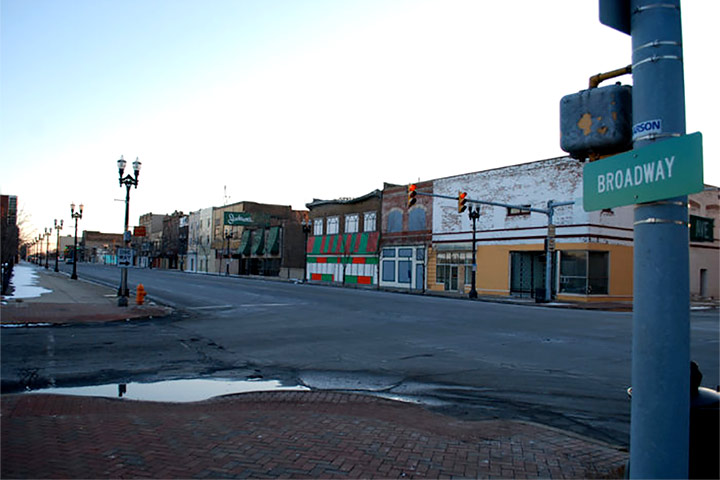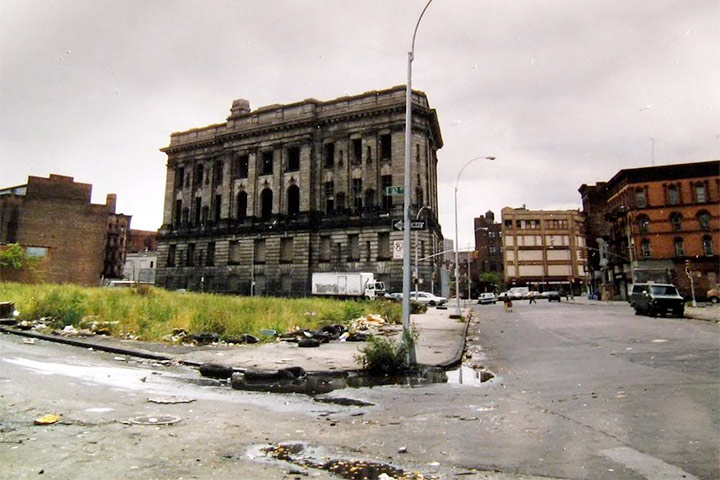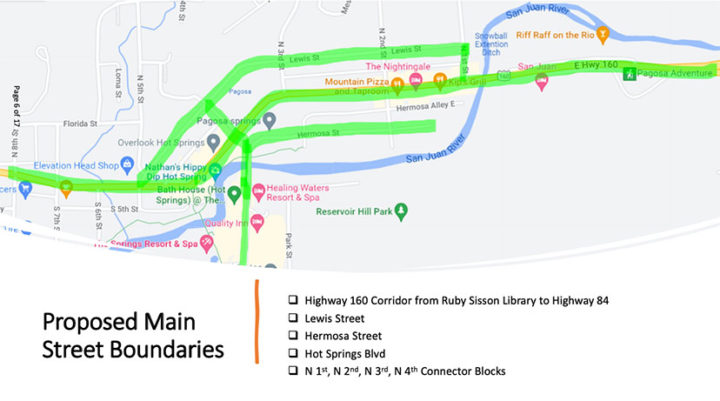Prior to the first meeting of Pagosa’s new ‘Main Street Advisory Board’ which was coordinated by Pagosa Springs Community Development Corporation staff, the public had been invited to a ‘Visioning Drop-In Open House’ on Wednesday September 7. Community members were asked to stop by the Ross Aragon Community Center anytime during the Open House, to learn about the Main Street program and share ideas and priorities for the future of our downtown commercial district.
I had attended that open house event and had a chance to chat with Main Street Program coordinator Kathleen McFadden about the idea that, once upon a time, our historical downtown district had been the commercial and social ‘heart’ of Pagosa Springs, but more recently has become a component of a hot-springs-focused tourist resort… selling swim suits and collectable t-shirts, and renting inner tubes.
Based on the conversation that morning, I seemed to be the only person in the room who sees our downtown from that tourist-resort perspective. I was also, I believe, the only person in the room who actually lives downtown, and who has lived downtown for 29 years.
The following day, I had the opportunity to attend (as a spectator) a training session for the newly-appointed Main Street Advisory Board.
Before we discuss the new advisory board and their preliminary thoughts about our so-called main street, however, I thought it would be valuable to do a survey of our existing ‘historical’ business district, in terms of its economic activities and its architectural appearance.
As mentioned in Part One, the Town of Pagosa Springs has been, for a number of years, an ‘Affiliate’ member of Colorado Main Street Program, which is, in turn, a coordinating program of Main Street America™. According to their website, Main Street programs “have helped over 2,000 communities across the country bring economic vitality back downtown, while celebrating their historic character, and bringing communities together.”
“Main Street America is a program of the National Main Street Center. We revitalize older and historic commercial districts to build vibrant neighborhoods and thriving economies.”
Pagosa Springs is only an ‘Affiliate’ member and has not yet fully ‘graduated’ into a town that can fully access to the money provided by the Colorado Main Street Program through mini-grants, training, and technical assistance.
I was curious what kind of money we were looking at, if we were to become a ‘Graduate’? Because the Town Council has agreed to pay the government-funded Pagosa Springs Community Development Corporation (PSCDC) about $27,000 for fiscal year 2022 to help assemble an advisory board, write up reports, and do whatever else needs doing to get us on the road to becoming ‘Graduate’ member of Main Street America.
Two nearby Colorado communities are already Main Street ‘Graduates’: the town of Ridgway in Ouray County, and the town of Lake City in Hinsdale County.
According to the map on the Colorado Department of Local Affairs website, Ridgway has received about $38,000 in Main Street grants, since 2013. About $4,000 a year, on average.
Lake City has received about $76,000 through Main Street grants, since 2013. About $8,000 per year, on average.
It might appear that ‘Graduate’ membership in Colorado’s Main Street program is not about the money, if the Town will be spending $27,000 a year to obtain maybe $8,000 in grants, on average.
Perhaps the program is more about encouraging private businesses to upgrade our so-called ‘Main Street”… on their own dime?
With that possibility in mind, I took a stroll through our core downtown business district — namely, the businesses and homes and churches in the 400 blocks of Pagosa Street (Highway 160) and Lewis Street. I was curious how many of the privately-owned properties have been remodeled and upgraded since I moved to Pagosa in 1993.
Do we have a downtown that is currently ‘failing’ economically? Or has our Main Street seen steady aesthetic ‘improvement’ over the past three decades?
I photographed 37 buildings.
Based on my memories of arriving in Pagosa, I believe 7 of these buildings are basically unchanged since 1993. Not that they’ve deteriorated; but they have not been significantly ‘improved’ by their owners, in terms of the exterior appearance.
I know that some of the buildings shown above have benefited from interior remodeling and upgrades, however.
The other 30 historical and semi-historical buildings have seen their exteriors ‘improved’ aesthetically, with new facades, and in many cases, have remodeled their interiors… sometimes extensively.
Statistically, about 80% of the downtown buildings in our downtown historical district ‘look better’ than they looked in 1993.
And none of them look noticeably worse than 30 years ago.
We might conclude, from this quick, casual survey, that downtown Pagosa Springs is fairly thriving, economically, compared to many struggling Main Street districts in the U.S.
Things could be worse.
A lot worse.
We note that the improvements to Main Street Pagosa took place without any help of the Colorado Main Street Program.
But… is downtown Pagosa Springs thriving, socially and culturally? I mean, in terms of: serving as the ‘heart of Pagosa Springs’ for full-time residents?
If you consider the businesses I photographed, above, on the 400 blocks of Lewis and Pagosa streets, you might perceive that a majority of the businesses (and churches) on Lewis Street serve mainly local residents.
But nearly all the businesses on the 400 block of Pagosa Street (Highway 160) feature products or services (services including restaurants, hot springs baths and real estate offices) that appear to be aimed primarily at the tourists who might chance to stroll across Highway 160 from the hot springs resorts located across the river. And I would suggest that the ‘tourism focus’ continues, to some degree, as you head east on Highway 160.
Meanwhile, here is a map of the ‘Main Street’ district as proposed by the Town of Pagosa Springs:
An interesting choice. All of Lewis Street is included, even though only the 400 block features any businesses. All of Hermosa Street is included, although there are no businesses on Hermosa Street. The businesses on Hot Springs Boulevard end at the U.S. Post Office. If we are talking about economic activity, only Highway 160 and one block of Hot Springs Boulevard has a substantial amount of that… and much of it is ‘tourist-resort-based.’
Is there something… not quite right… about this map?

